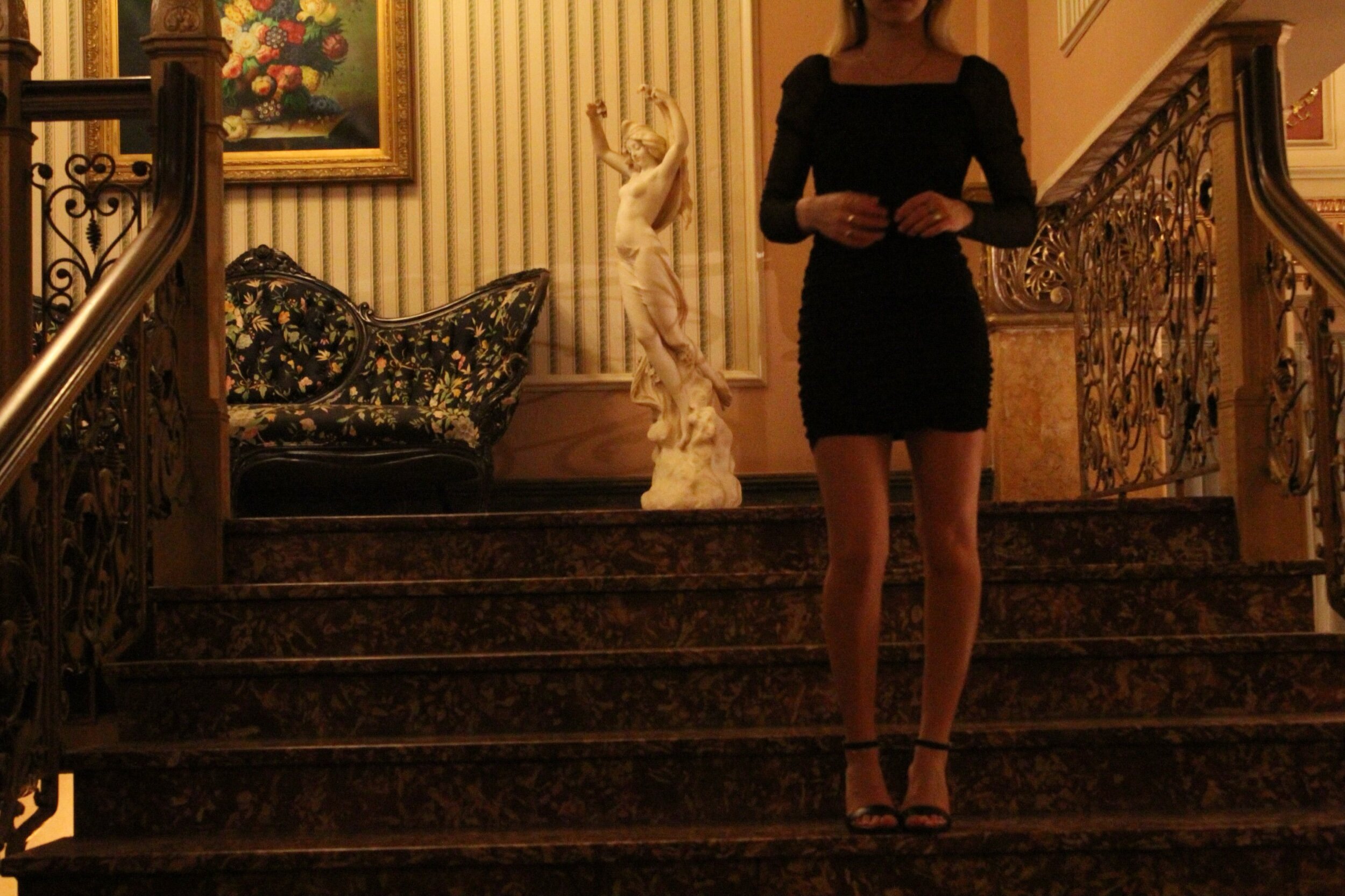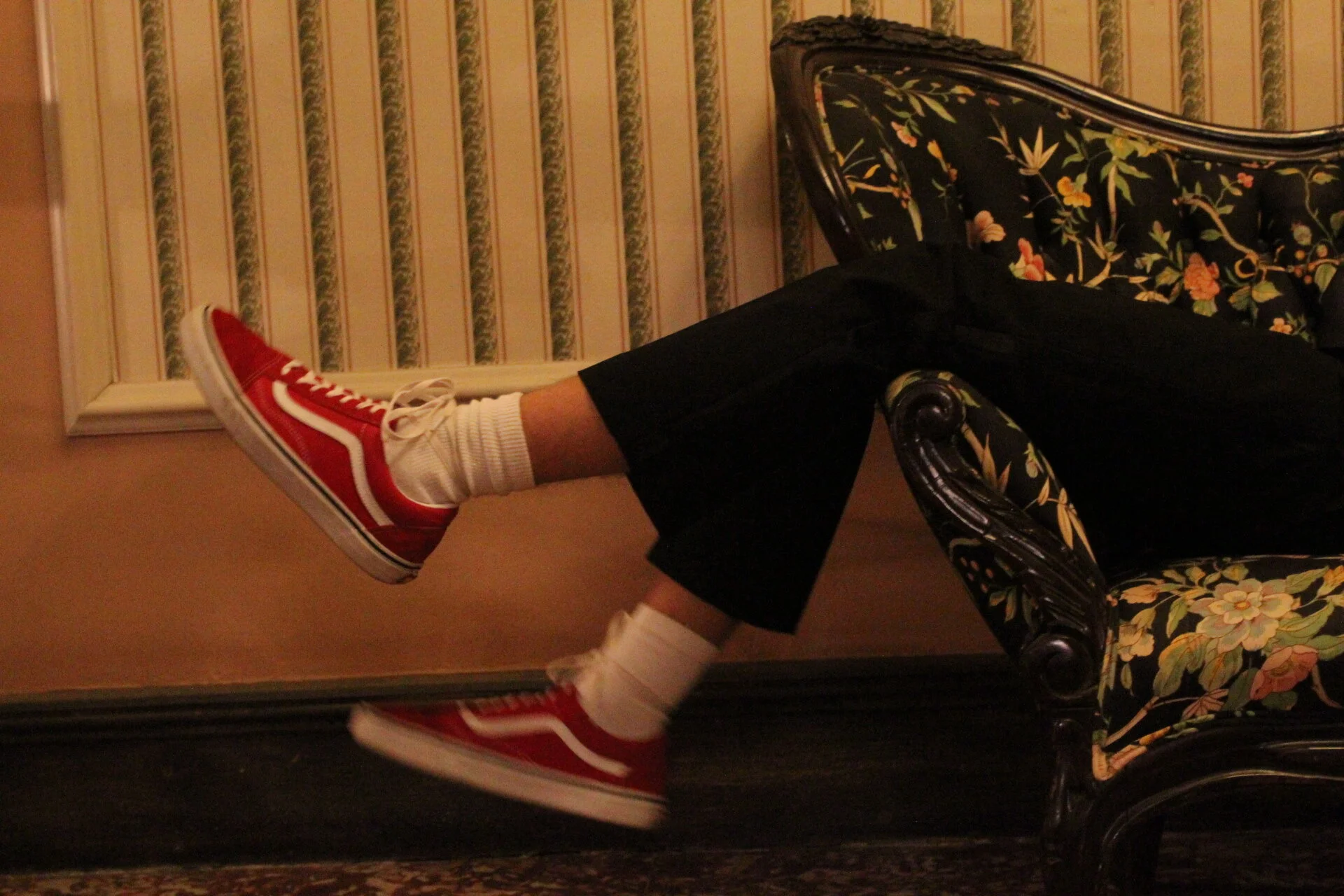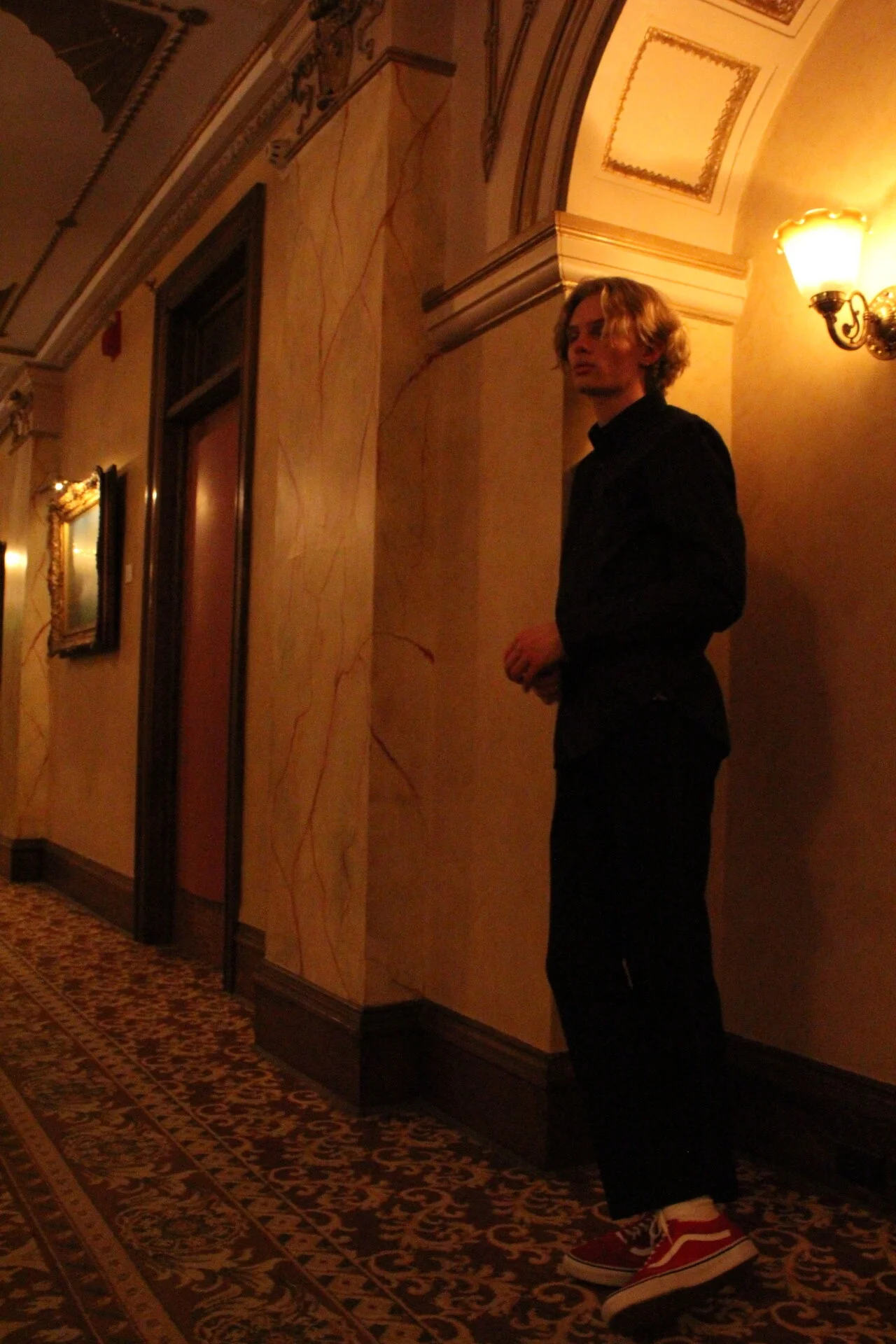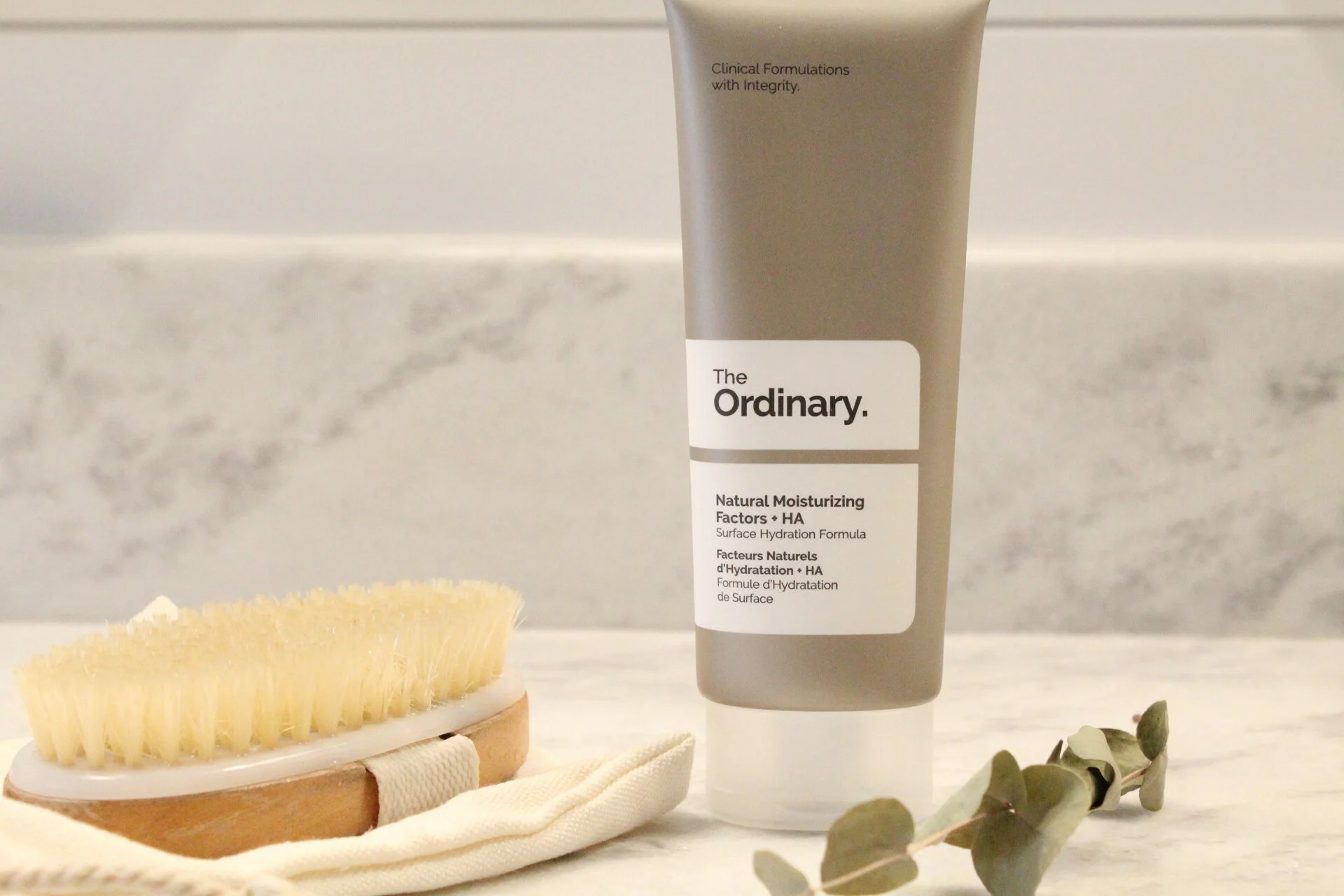A Fashionable Conversation
Cora Kuhlenbeck
In late 1856, Charles Fredrick Worth set out to Paris in an attempt to establish what would become the first house of high fashion. It was a little shop that designed dresses which reflected what the royals wore at the time. However, he still made clothing that was attainable for those with limited means. As his work grew increasingly popular, the Empress Eugenie herself began wearing his gowns. The House of Worth is credited with establishing the culture of high fashion that began an unraveling revolution throughout the succeeding years to come.
In Worth’s time, fashion was used to determine status and worn solely for the purpose of dividing the rich from the poor. However, in today’s modern society, fashion has taken on a bigger role. It is now a means of expression for many people in many places, especially in a school setting. Clothing is an empowering form of self-expression that allows one to connect their internal feelings with their external appearance, which is essential to the development of high school students.
Confidence
One of the most challenging aspects of high school is self-confidence. Almost everyone will experience self doubt at some point during their teenage years. Fortunately, fashion can help teens win back their confidence. In Luxury Wear: Dressing to De-Stress, by Albert Gonzalez, he states that “the clothes we’re currently wearing may be affecting the way we think and the way we behave.” If we wear outfits that make us feel empowered, it will be reflected in our self-confidence. Gonzalez reckons that both the style and colors of clothing can impact the way people function as a result. If one wears a formal, more professional outfit, it is likely they will feel more on track and sure of themselves. As for coloring of clothing, “[if] we wear bright colors, we can effectively give ourselves a bit of a boost.”
Wearing clothes that compliment features, for instance wearing jeans over sweatpants, also provides feelings of assurance. When people dress confidently, they are likely to act confidently as well. This notion also translates into how we are perceived by others. Many high school students are constantly worried about the judgement of others, but when they wear what they feel comfortable in, they tend to feel more secure in themselves.
“Fashion allows you to present yourself in a way you feel or want yourself to be presented.”
-Emma Stuettgen
CREATIVITY
in fashion
The creative realm of students’ minds are also heavily impacted by the clothes they wear. One study relating attire and creativity was published as a Social Psychological and Personality Science paper by Sage Journals. The results concluded that “those wearing formal clothing performed much better in the given tasks, especially when it [came] to creative and organizational tasks, which confirmed higher creativity capabilities.” Because school is generally a systematic establishment, it is essential that students are able to express themselves through the outfits they wear.
In an article published by Vogue, students at the London fashion college of Central Saint Martins were asked what they loved about CSM and the fashion industry. Aminat Damilola Seriki, a fashion design and marketing student, states that “For a long time, I found it difficult to express myself until I came here.” Students at CSM are constantly encouraged to communicate their thoughts, feelings, and ideas through the medium of fashion.
“We are the canvas and fashion is the art.”
-Nia Haren
Students here at Hamilton High School, too, believe in the importance of fashionable expression. Emma Stuettgen, a senior at Hamilton High School, believes “a lot of people have trouble expressing themselves through their words or actions, but fashion allows for them to do that creatively.”
Identity in Fashion
c o r a k u h l e n b e c k
Perhaps the most significance fashion has is in its influence on identity. During high school, teens tend to feel lost in character, constantly trying to figure out who they really are. These feelings of confusion, however, can be put to ease through the art of fashion.
From hair, to clothes, to accessories, fashion impacts our character in a multitude of ways that consequently shape our individual personalities. One such construct that has molded societal style is the implication of the colors pink and blue. Since birth, children are typically thought to assign pink with “girls’ clothes” and blue with “boys’ clothes”. However, fashion is breaking that stereotypical gender barrier. Forget the traditional colors of pink and blue, the fashion industry is seeing a surge in males wearing feminine clothing and women wearing masculine clothing. This has led to the emergence of unisex or gender-neutral clothing. Now more than ever, people are using fashion to display their gender, or better yet, their true identity.
Celebrities especially have taken fashion expression to another level that is paving the way for others. For instance, artists like Harry Styles and Jaden Smith can be seen in a variety of Vogue photo shoots modeling clothes that are generally associated with being “feminine.” They don’t “see a piece of clothing as a man’s or a woman’s. Instead [they] see it for what it is, an opportunity to express [their] unique sense of style and personality.”













